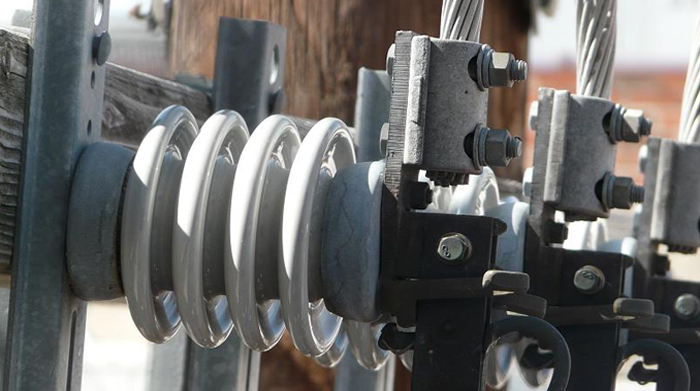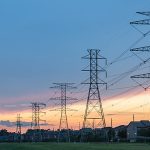How Smart Substations Can Benefit Reliability

Image courtesy of Overduebook under Attribution-NonCommercial 2.0 Generic License, resized to 700 x 391 pixels.
Smart substations may be the key to achieving clean energy goals because they can promote grid stability. They have several important advantages over ‘legacy’ substations, many of which are 50 years old or more.
Benefits of Smart Substations
Smart substations utilize sensors, data, and real-time analytics to provide numerous benefits over the older, more traditional substations. One of the main benefits is that they can automate processes. Another is that they are designed to collect and analyze loads of data, which can inform operators of performance issues, identify preventive maintenance needs, and help to quickly diagnose problems. They are also better equipped to mitigate cyber-threats compared to legacy facilities.
They can also calculate optimal voltage, allowing any amount above this optimal level to be efficiently utilized or deposited in energy storage systems. This ability to allocate energy to storage is critical in order to maintain a stable supply of renewable power even if the weather does not cooperate.
Smart substations can also connect the dots when it comes to the modernized grid. Things like microgrids, electric vehicles (EVs), rooftop solar, energy storage technologies, and similar sources can be seamlessly connected and integrated to provide 2-way energy transference.
There’s little doubt that the U.S. – and in fact much of the developed world – is pushing to add more and more clean energy sources to the grid. This will require the grid to be modernized in a way that can handle the transition. And this ‘new and improved’ substation technology is a great place to start.
The bottom line is that the transition to a clean energy future will require the industry to overcome environmental challenges, invest in advanced technologies, and figure out ways to integrate new and old technology, all while meeting or exceeding the needs of customers and regulators. While there are many moving parts that need to be coordinated to achieve these goals, smart substations should be piece of the puzzle.



